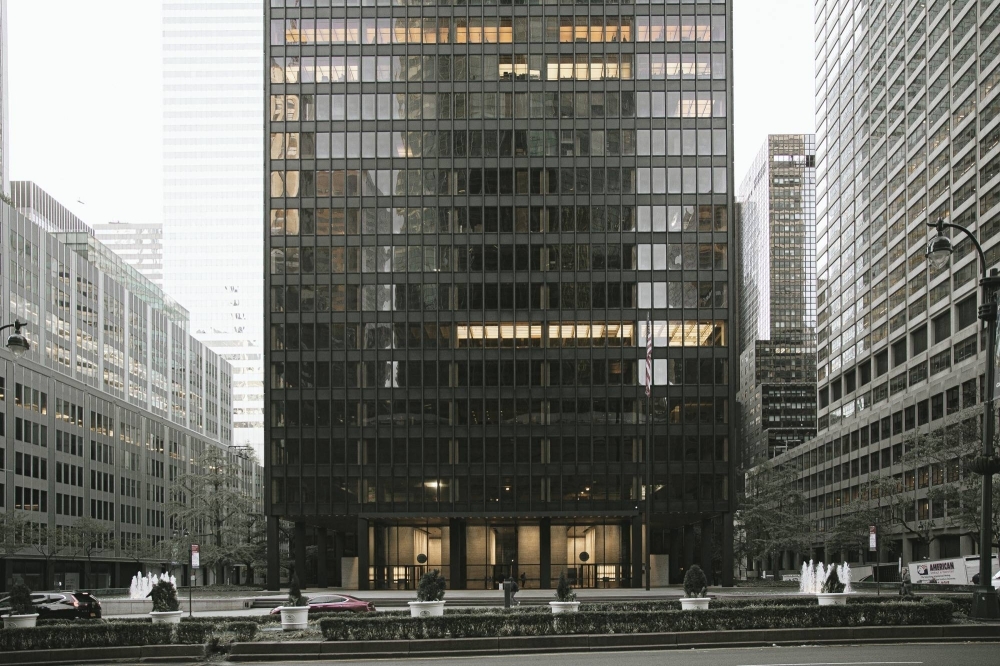When workplaces are remade by a tectonic shift — women flooding into the workforce, the rise of computing — it typically takes some time for economists, psychologists, sociologists and other scholars to gather data on its effects.
So when employers moved suddenly to adopt remote work during the pandemic, with the share of employed Americans working exclusively from home rising to 54% in 2020 from 4% in 2019, researchers leaped to examine the effects of remote work on employees and the economy at large. Now the early results are emerging. They reveal a mixed economic picture, in which many workers and businesses have made real gains under remote work arrangements, and many have also had to bear costs.
Broadly, the portrait that emerges is this: Brick-and-mortar businesses suffered in urban downtowns, as many people stopped commuting. Still, some kinds of businesses, such as grocery stores, have been able to gain a foothold in the suburbs. At the same time, rents rose in affordable markets as remote and hybrid workers left expensive urban housing.



